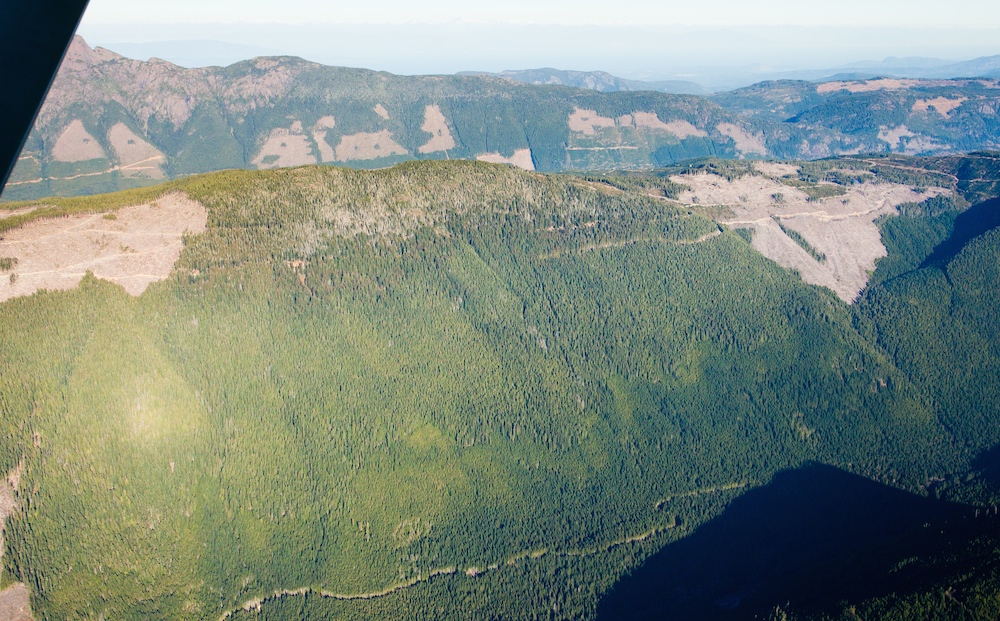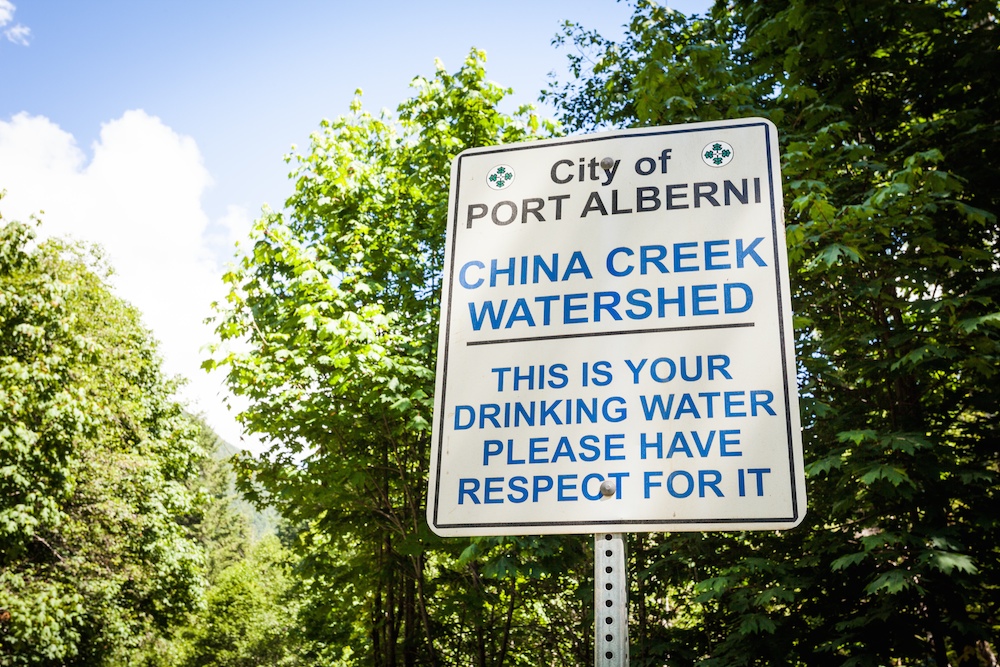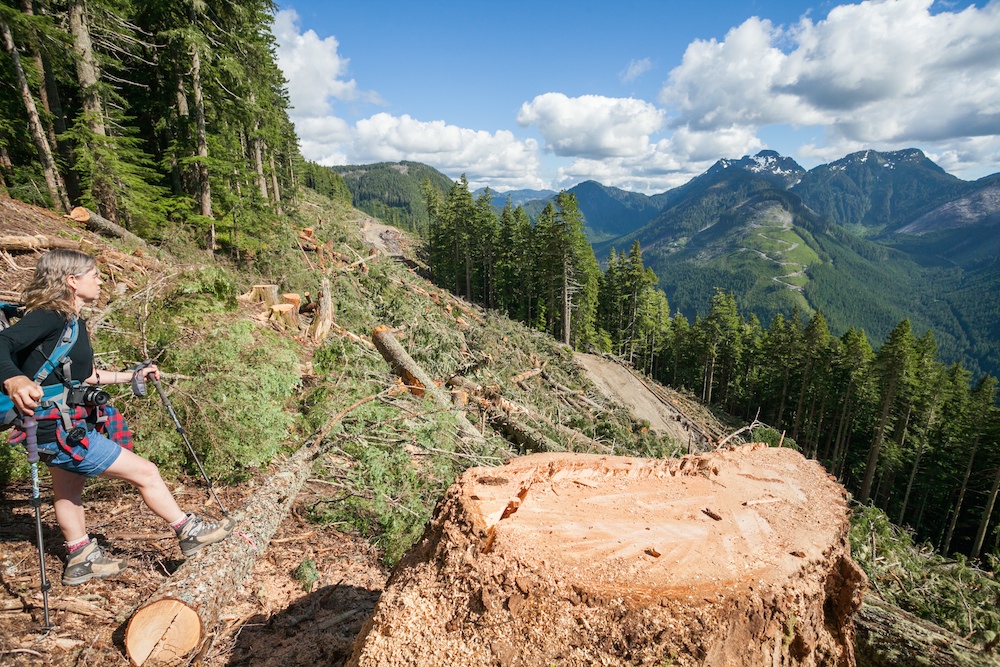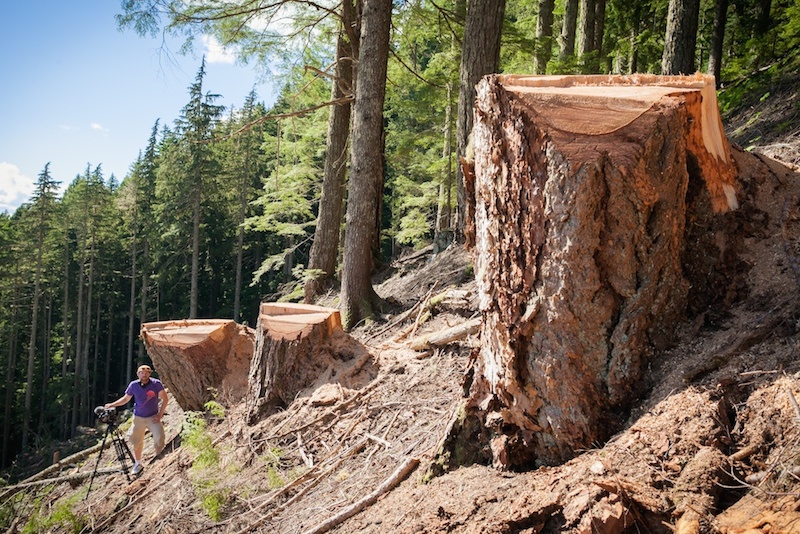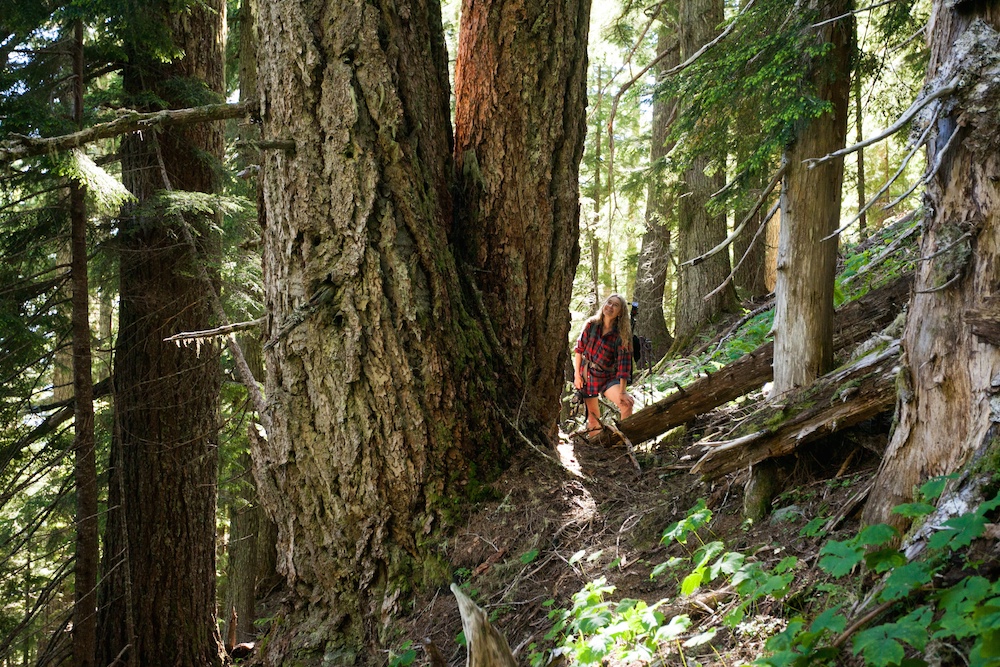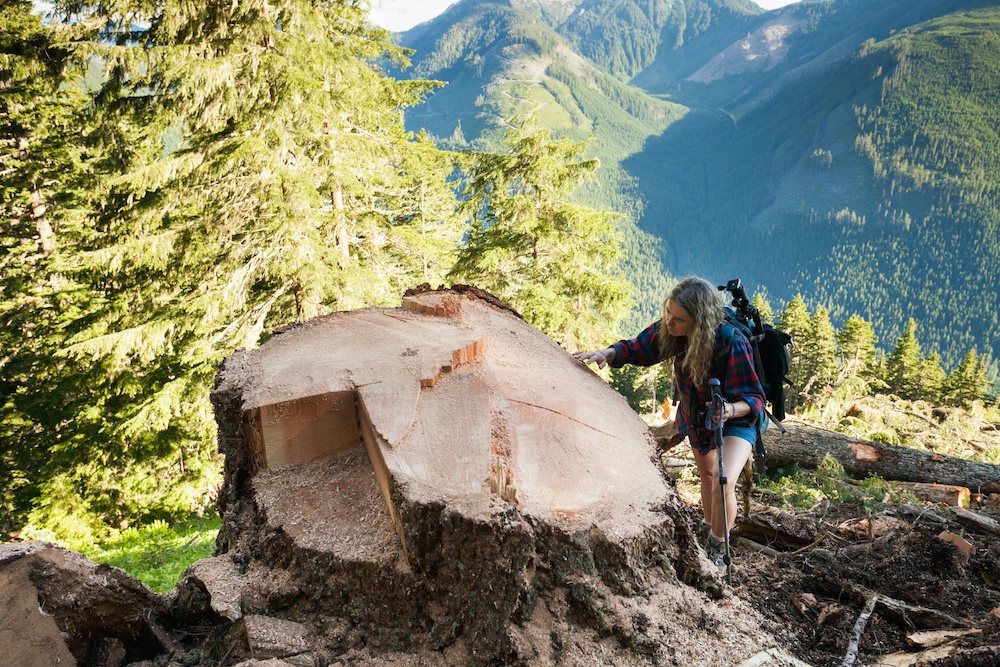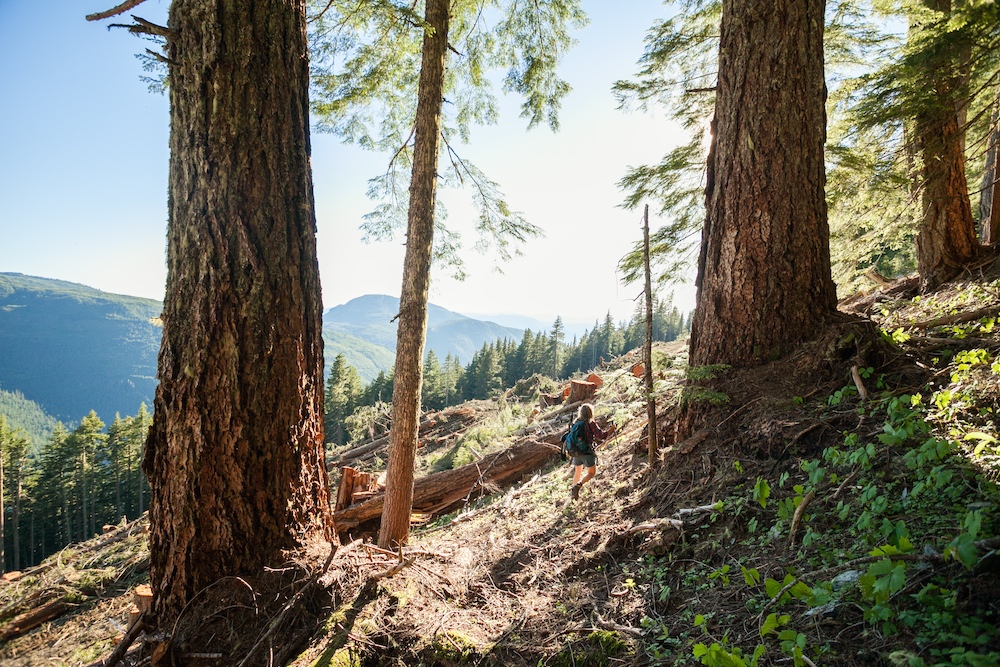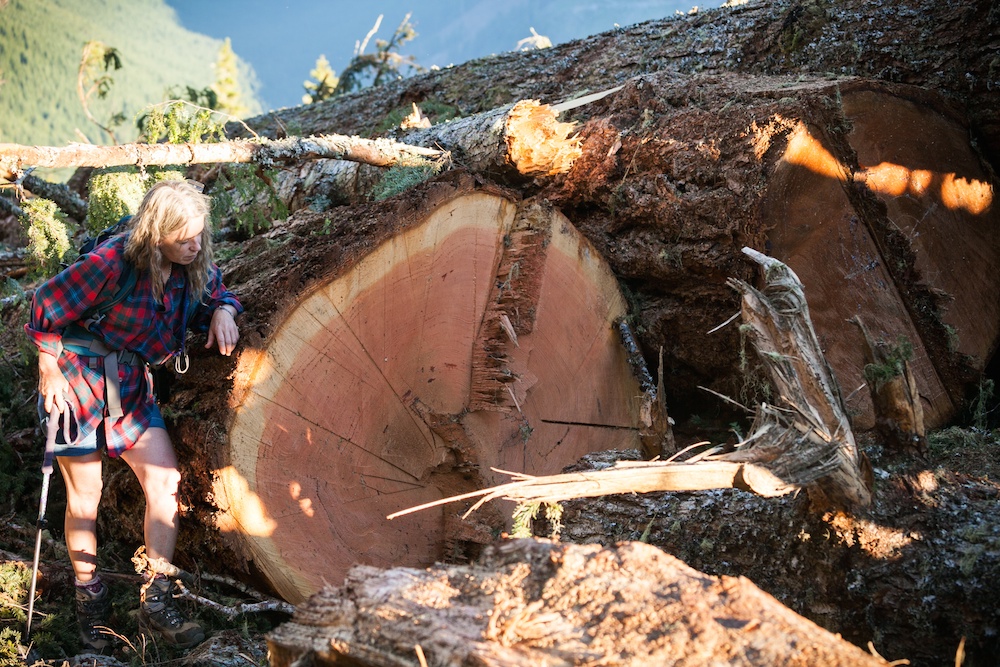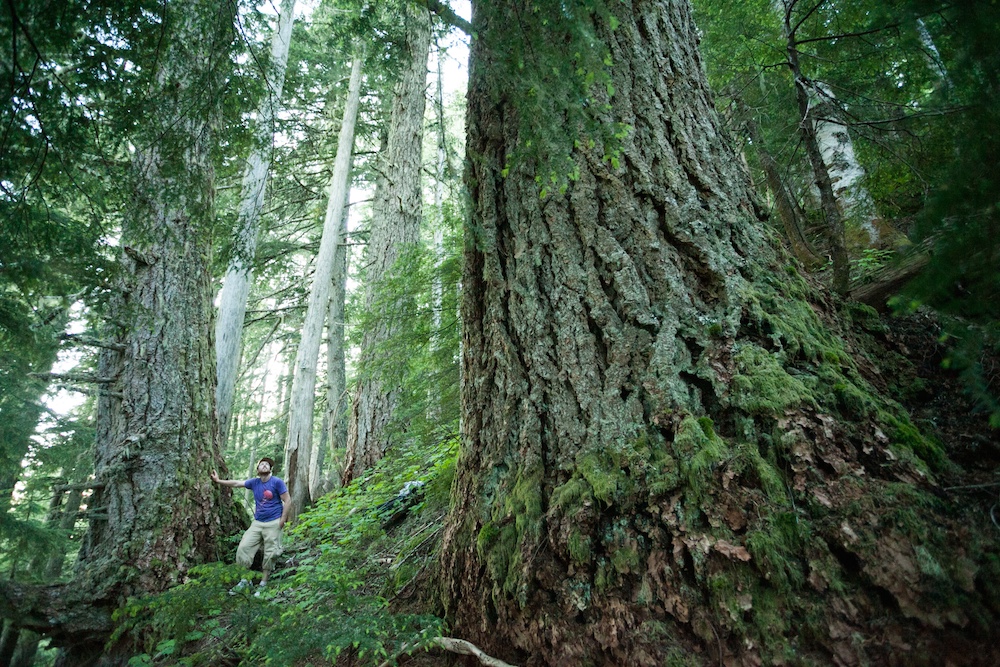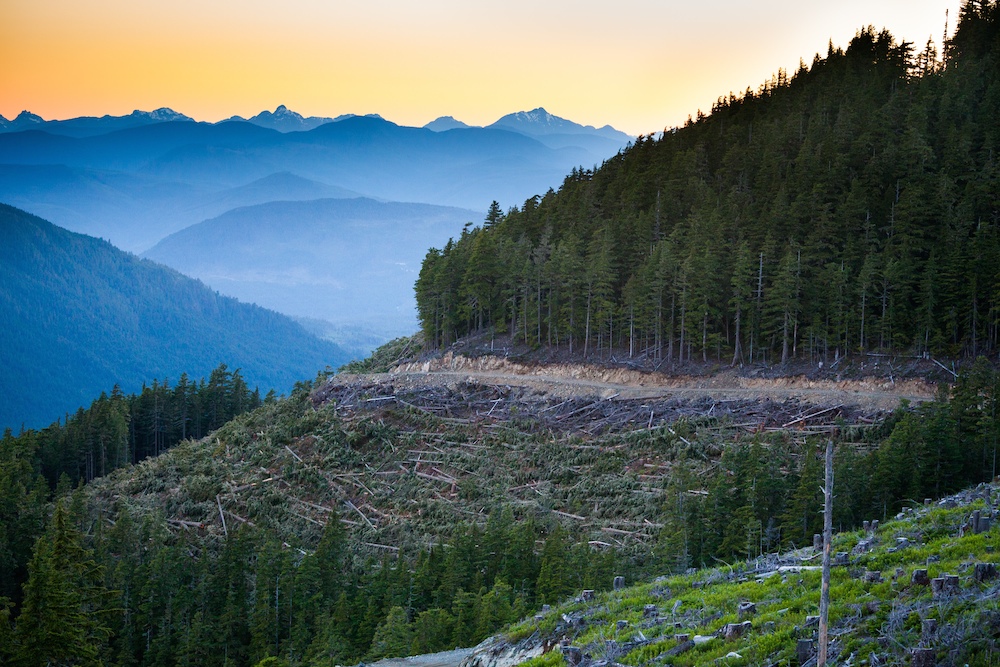Beginning in 2006, following clear-cutting in the Beaufort Range on private forestlands owned TimberWest—the largest private landowner in BC—heavy rains caused flash floods, which carried heavy siltation and debris down into the Alberni Valley. Drinking water was contaminated, a boil-water advisory was issued, and several landowners suffered severe property damage. The impacts of this event continue to be felt to this day.
One local property-owner, Wayne Crowley—a former logger and road-builder in the forestry industry—was hardest hit by this disaster. To this day, whenever there are heavy rains, flooding and debris run down from the clear-cuts above his property, washing out his roads, contaminating his local water supply, and piling gravel upon his lands.
The Private Forest Land Council (PFLC)—the industry-led body that oversees logging on private lands—determined that the cause of the damage was some drainage culverts that were too small, which became blocked with debris and washed out onto Wayne's property. Wayne, who was a professional road-builder in the forest industry for decades, also claims that TimberWest's shoddy road-building practices were partly to blame for the washouts.
Another possible factor could have been that the act of clear-cutting on steep slopes has been proven to increase the chance of landslides by up to ten times. Clear-cutting removes the water storage capacity of the soil, causing rainwater to run down in greater volumes, causing greater erosion. However, the PFLC diminished the impacts of these other factors in their final report, focussing solely on the insufficient size of several drainage culverts.
Eventually, the Private Forest Land Council fined TimberWest the maximum amount of $25,000. TimberWest also paid Wayne an additional $35,000 to put the matter to rest. But Wayne refuses to give up until true justice is served. Wayne claims that the roads above his property have not yet been fixed and are still causing problems to this day. TimberWest has never accepted full responsibility for its actions and Wayne is looking for accountability.
In this video, Wayne takes us on a tour of his property to show us the damage that's been done. Photos taken from around the time of the initial event illustrate the destructive power of the flash flooding that continues to plague his land. And the MLA for Alberni-Pacific Rim, Scott Fraser, who has been involved in this situation from the beginning, provides his own insights on this story and the systemic failure that allowed it to occur.


